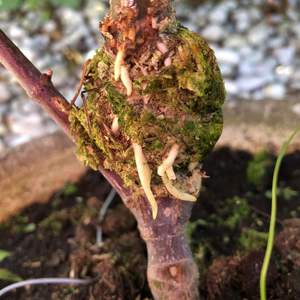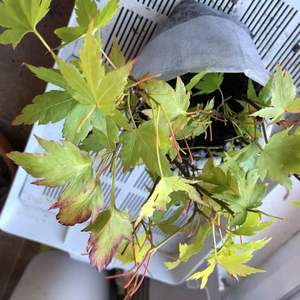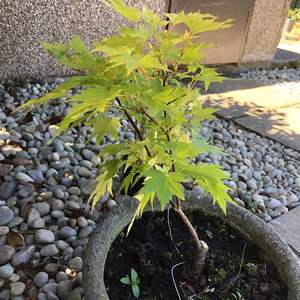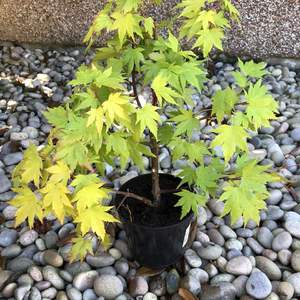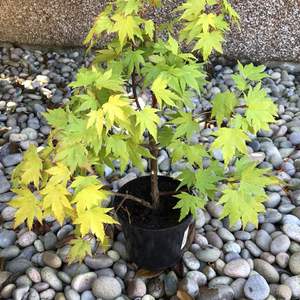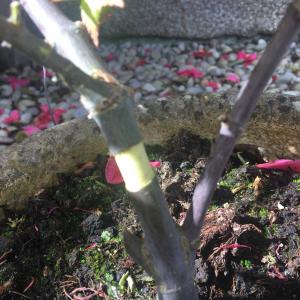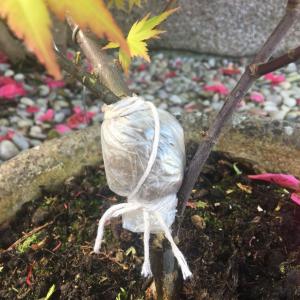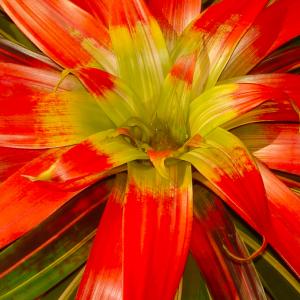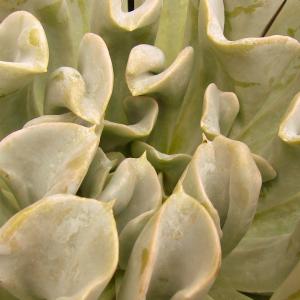Article
包瑞锦
2024-03-22

In the world of interior design, becoming proficient in the layering technique is essential to producing a room that is visually stunning and feels welcoming. Layering adds depth and texture, transforming a space into one that feels cozy and lived in, going beyond selecting furnishings and paint colors.
The transformative power of layering will be examined in this article, along with how to give your living spaces depth and texture for a genuinely dynamic and eye-catching atmosphere.
1. Embracing Textiles:
Luxurious Throws and Blankets:
Placing throws and blankets in key locations is one of the easiest yet most effective ways to add texture to your home. Put a luxurious throw over the foot of your bed or the arm of your sofa. To create a warm and inviting atmosphere, use a variety of textures such as soft cashmere, chunky knits, or faux fur.
Layered Rugs for Visual Interest:
Rugs aren't only for the floor; you can layer them to give your room more depth. Try out various rug sizes, shapes, and textures by experimenting. To add visual interest and define particular areas, layer a smaller rug over a larger one.
2. Furniture Arrangement:
Multi-Functional Furniture:
Select pieces of furniture with various uses. A storage ottoman offers more space for storing things in addition to being a cozy spot to rest your feet. Each piece gains additional layers of purpose due to its dual functionality, which also optimizes your use of available space.
Mixing Furniture Styles:
Use furniture with a variety of styles and materials to avoid a monochromatic look. Combine wood with metal, sleek with textured, or modern with vintage. The secret is to put together a cohesive arrangement that seems well-chosen and begs for closer inspection.
3. Wall Treatments:
Textured Wallpapers:
Use textured wallpaper to give your walls some flair. Textured wallpapers give your room depth and intrigue, whether you choose to go with grasscloth, embossed patterns, or three-dimensional designs. For a dramatic effect, use them as an accent wall or go all out and cover an entire room.
Gallery Wall Extravaganza:
Arrange mirrors, framed artwork, and ornamental items to form a gallery wall. For a visually appealing display, change the objects' and frames' sizes, shapes, and textures. With this multi-layered method, your walls become a well-curated, narrative exhibition.
4. Decorative Accessories:
Cushions and Pillows Galore:
It's an art form in and of itself to layer pillows and cushions. To create a cozy and inviting seating area, experiment with various sizes, shapes, and textures. For a multisensory experience, combine materials such as velvet, linen, and faux fur with a variety of patterns.
Decorative Trays and Bowls:
Add ornamental bowls and trays to organize tiny accents like books, candles, and succulents. To add a touch of sophistication to your dining or coffee tables, select trays with fascinating textures or elaborate patterns. A well-layered aesthetic is enhanced by these practical accents.
5. Lighting Dynamics:
Varied Lighting Sources:
Use a variety of lighting sources to illuminate your area to add ambiance and depth. To create varying degrees of light throughout the space, combine floor and table lamps with overhead lighting. For a visually arresting focal point, think about pendant lights or chandeliers with layered or textured shades.
Mirrors for Dimension:
Arrange mirrors so they reflect light and give your room depth. Mirrors not only give the appearance of a larger space but also reflect light, making the space brighter overall. To enhance the layering effect, pick mirrors with eye-catching frames or forms.
Conclusion
A subtle approach to interior design, layering can take an ordinary space and make it extraordinary. Adding depth and texture to your home not only makes it visually appealing but also evokes a sense of comfort and style through the sense of touch.
Create a home that reflects your individuality and inspires exploration by experimenting with these layering techniques, combining and matching textures, and letting your imagination run wild. Recall that the elegance of layering is in its capacity to change and grow, keeping your house a vibrant and welcoming haven.
0
0
Help
pokemondude13
2017-10-03

please help me ID my succulent and help him grow back to full health. Any tips on the species he turns out to be is more than welcome, this is my first succulent.#help #Layering #suncculents
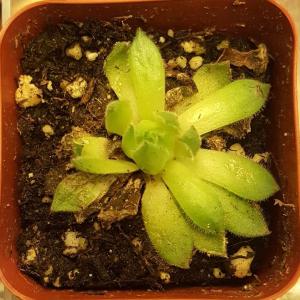

0
0
Ueca: This is a Sempervivum. Plant it into any spot of soil in your yard, or anywhere that gets fresh air. If in a yard, check at night to make sure slugs aren't trying to eat it.
Usually just leaving it alone in the front yard is a pretty good plan.
Growing
Plants Encyclopdias
2016-08-17

Name: Bulbous Air Plant
Latin: Tillandsia bulbosa
Origin: South America
Plant height: 5 - 15 cm
Reproduction: #Layering
Difficulty level: #Easy
Tags: #SouthAmerica #Tillandsiabulbosa
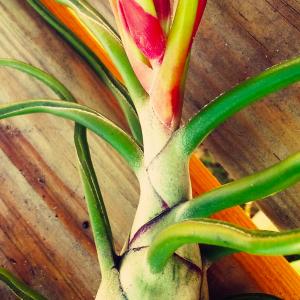
Latin: Tillandsia bulbosa
Origin: South America
Plant height: 5 - 15 cm
Reproduction: #Layering
Difficulty level: #Easy
Tags: #SouthAmerica #Tillandsiabulbosa

49
14
Growing
Plants Encyclopdias
2016-08-17

Name: Air Plant
Latin: Tillandsia ionantha
Origin: South America
Plant height: 15 - 30 cm
Reproduction: #Layering
Difficulty level: #Easy
Tags: #SouthAmerica #Tillandsiaionantha
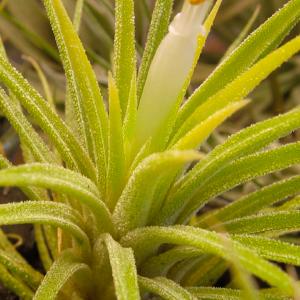
Latin: Tillandsia ionantha
Origin: South America
Plant height: 15 - 30 cm
Reproduction: #Layering
Difficulty level: #Easy
Tags: #SouthAmerica #Tillandsiaionantha

35
5
Growing
Plants Encyclopdias
2016-08-17

Name: Pink Quill
Latin: Tillandsia cyanea
Origin: Africa
Plant height: 5 - 25 cm
Reproduction: #Layering
Difficulty level: #Easy
Tags: #Africa #Tillandsiacyanea
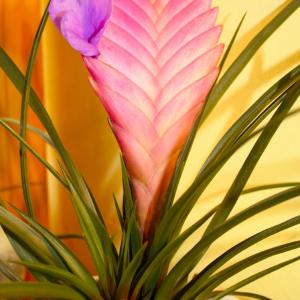
Latin: Tillandsia cyanea
Origin: Africa
Plant height: 5 - 25 cm
Reproduction: #Layering
Difficulty level: #Easy
Tags: #Africa #Tillandsiacyanea

39
5
Melanie74: what an absolute stunn8ng flower
Growing
Plants Encyclopdias
2016-08-17

Name: Tillandsia Spanish Moss
Latin: Tillandsia usneoudes
Origin: South America
Plant height: 50 - 150 cm
Reproduction: #Layering
Difficulty level: #Easy
Tags: #SouthAmerica #Tillandsiausneoudes
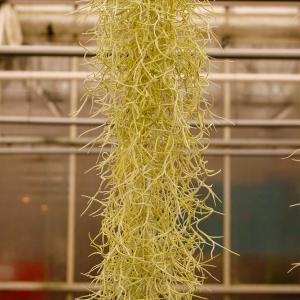
Latin: Tillandsia usneoudes
Origin: South America
Plant height: 50 - 150 cm
Reproduction: #Layering
Difficulty level: #Easy
Tags: #SouthAmerica #Tillandsiausneoudes

18
3
Growing
Plants Encyclopdias
2016-08-17

Name: Mistletoe fig
Latin: Ficus deltoidea
Origin: Asia
Plant height: 50 - 90 cm
Reproduction: #Layering
Difficulty level: #Medium
Tags: #Asia #Ficusdeltoidea
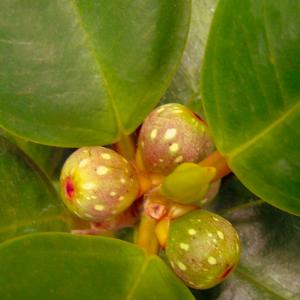
Latin: Ficus deltoidea
Origin: Asia
Plant height: 50 - 90 cm
Reproduction: #Layering
Difficulty level: #Medium
Tags: #Asia #Ficusdeltoidea

3
1
Growing
Plants Encyclopdias
2016-08-17

Name: Chinese Banyan
Latin: Ficus microcarpa
Origin: Asia
Plant height: 60 - 150 cm
Reproduction: #Layering
Difficulty level: #Medium
Tags: #Asia #Ficusmicrocarpa
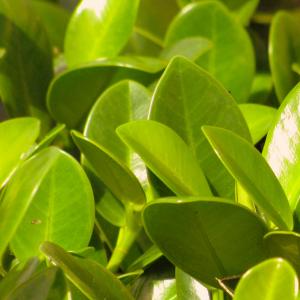
Latin: Ficus microcarpa
Origin: Asia
Plant height: 60 - 150 cm
Reproduction: #Layering
Difficulty level: #Medium
Tags: #Asia #Ficusmicrocarpa

2
1
Growing
Plants Encyclopdias
2016-08-17

Name: Guzmania zahnii
Latin: Guzmania zahnii
Origin: South America
Plant height: 40 - 70 cm
Reproduction: #Layering
Difficulty level: #Easy
Tags: #SouthAmerica #Guzmaniazahnii
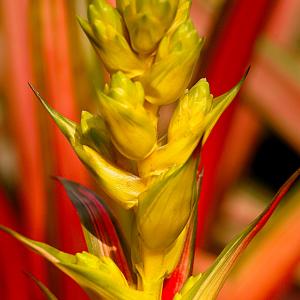
Latin: Guzmania zahnii
Origin: South America
Plant height: 40 - 70 cm
Reproduction: #Layering
Difficulty level: #Easy
Tags: #SouthAmerica #Guzmaniazahnii

3
0
Growing
Plants Encyclopdias
2016-08-17

Name: Mosaic guzmania
Latin: Guzmania musaica
Origin: South America
Plant height: 35 - 50 cm
Reproduction: #Layering
Difficulty level: #Easy
Tags: #SouthAmerica #Guzmaniamusaica
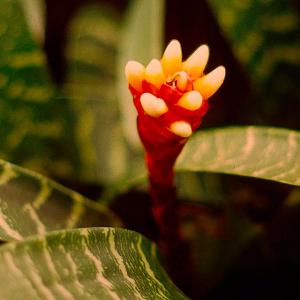
Latin: Guzmania musaica
Origin: South America
Plant height: 35 - 50 cm
Reproduction: #Layering
Difficulty level: #Easy
Tags: #SouthAmerica #Guzmaniamusaica

3
0











